It’s not easy to find a software reverb that replicates the complex-yet-musical sound of a real, physical reverb chamber. However, Universal Audio seems to have done this quite well with their Capitol Chambers reverb plug-in. Let’s get inside UAD’s Capitol Chambers and hear it in action!
A Classic Verb
If you’re going to emulate the reverb chamber from a legendary studio, it makes sense to choose Capitol Studios. Located at the Capitol Records Tower in Hollywood, Capitol Studios has been the site of famous recordings by artists including Nat King Cole, Frank Sinatra, Michael Jackson, The Beach Boys, and many more. Its echo chambers, which were designed by Les Paul himself and built 30 feet below the parking lot at Capitol Tower, produce an extremely warm and resonant reverb that has graced a long list of chart-topping and Grammy-winning records.
The UAD Capitol Chambers plug-in gives you the inimitable sound of those echo chambers with the added ability to reposition the mics, and even change out the mic models, using a technology that UA calls Dynamic Room Modeling. The four different chambers give you four different flavors of reverb that all sound like ’50s-era echo chambers, but each with a distinct response and tonality.
Related: With Universal Audio Verve Analog Machines, Analog Warmth Is a Click Away
In this post, we take a few of the Verve Analog Machines for a spin within a track on vocals and drums, seeing just how much they level up the mix! Read »
Choose Your Chamber
Aside from the different chambers to choose from, you also get four different microphone options. The various mics exhibit different pickup patterns, frequency responses, and proximity effect, which can all be adjusted by selecting different mics and positioning them inside the virtual room. The stereo field of the reverb is also affected by mic choice and position, which can help you select the reverb that’s best for your particular source or mix.
The default position for the mics is far away from the speakers, the way they’re set up in the real Capitol chambers, to maximize the room ambience. The UAD plug-in includes a Position slider that lets you position the mics far from the speakers, close to the speakers for an effect that’s more like re-amping than reverb, (although you’ll still get reverberation from the room) or anywhere in between. If the reverb tail is too long you can use the Decay knob to shorten the overall reverb time for a tighter sound.
The plug-in also includes pre-delay, filter and EQ sections, and a width control for further refining your reverb.
Sound Samples
Let’s listen to some sound samples to hear Capitol Chambers in-action in a real mix. For these samples I used Chamber #7 with the Sony C37A microphone.
The first sample is the mix with no added reverb:
The next sample is with the Capitol Chambers reverb plug-in added in different amounts to all tracks (vocals, electric guitar, and organ). There’s a lot of wet signal (added reverb) on this one, so that you can clearly hear what the plug-in is doing. Notice how the instruments all sound like they’re together in the same room, also how the organ now sits more comfortably in the mix.
This last sample is with the reverb pulled back to a level that’s closer to a typical modern mix. Notice that even with much less reverb mixed in the plug-in is still adding space and depth.
Hopefully this article helps give you an idea of what the UAD Capitol Chambers plug-in does, so you can use it to add space and resonance to your own mixes.

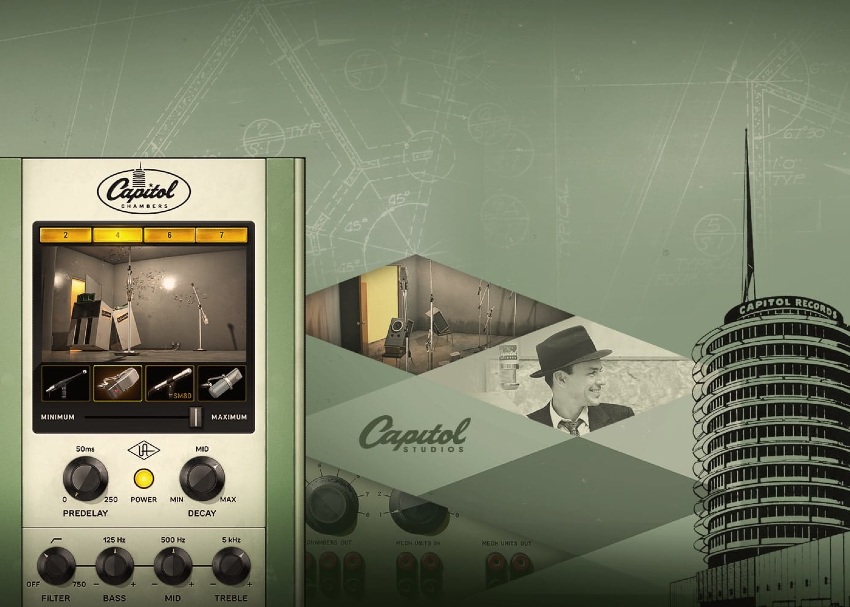
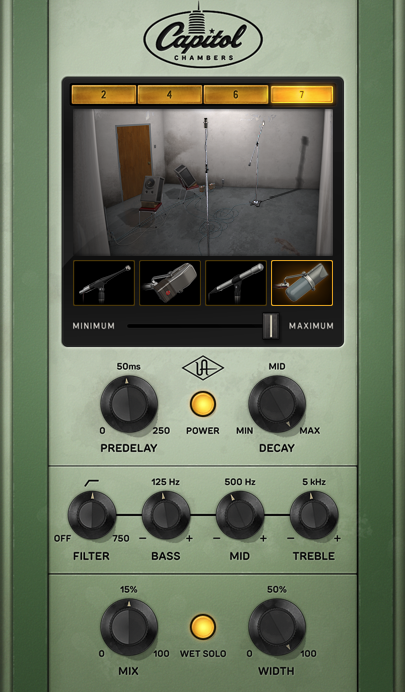
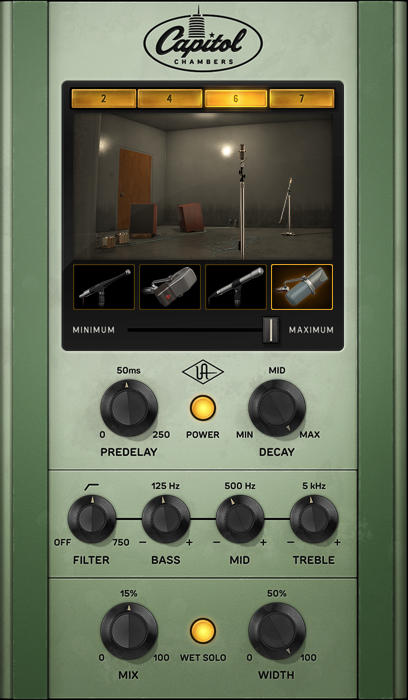

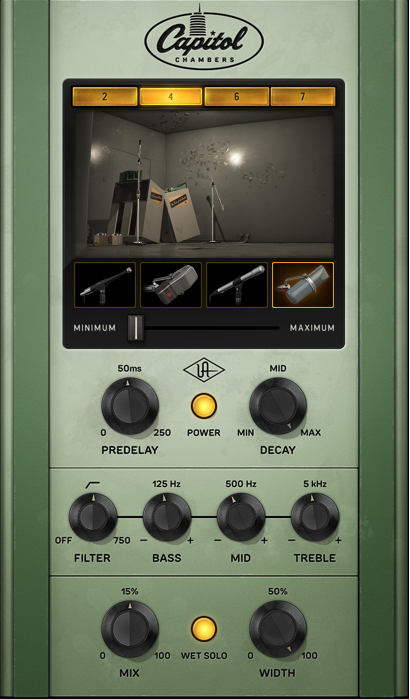
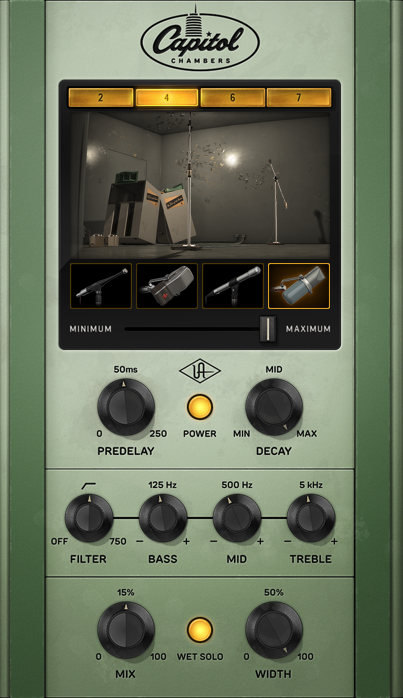


Leave a Reply